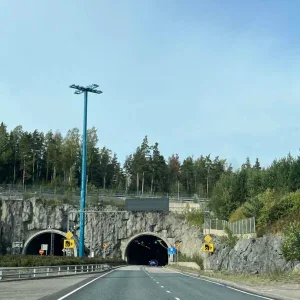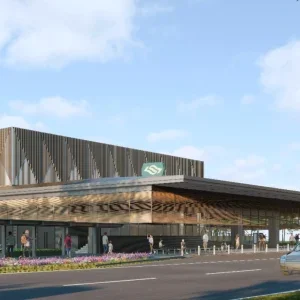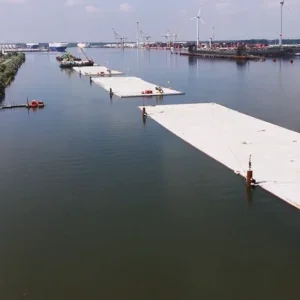CREC 1386 is the first TBM for the Guangdong Water Resources Allocation Project in Beibu Gulf Rim. The 225m-long machine has an excavation diameter of 6.53m. It will be employed to build the 10.82km tunnel on the project’s C1 section.
Faced with the project’s complex geology and technical challenges such as hard rock and tunnel length, CREG drew on lessons from the design and application of TBMs in the Pearl River Delta water project and alpine railway construction.
The Guangdong Water Resources Allocation Project is an inter-basin water diversion project with the largest diversion flow, the longest water transmission line, the most complex construction conditions and the largest total investment in the province’s history. It will benefit 18 million people along the line, alleviate water shortages, and improve supply continuity.

The second TBM – CREC 1360 – was jointly developed by China Railway Tunnel Group and CREG for the belt inclined shaft and auxiliary ramp system of Xi'anshan Mining and Dressing Joint Project.
The iron mine project is situated 7km south-west of Anshan City in Liaoning Province. The TBM will bore 10.5km to create the inclined shaft and auxiliary ramp, while the 4.8km tunnel chamber will be constructed by drill and blast.
The challenges for the project include the long slope excavation, ventilation installation, and soft rock zones.
CREC 1360 is 181m long, weighs 1200 tons, and has a 7.03m diameter cutterhead. It is designed for uphill and downhill tunnelling construction with large slopes, adapting to the slope range of -8.53° to +12.5°.
The TBM has a minimum horizontal turning radius of 100m and minimum vertical curve turning radius of 300m.







